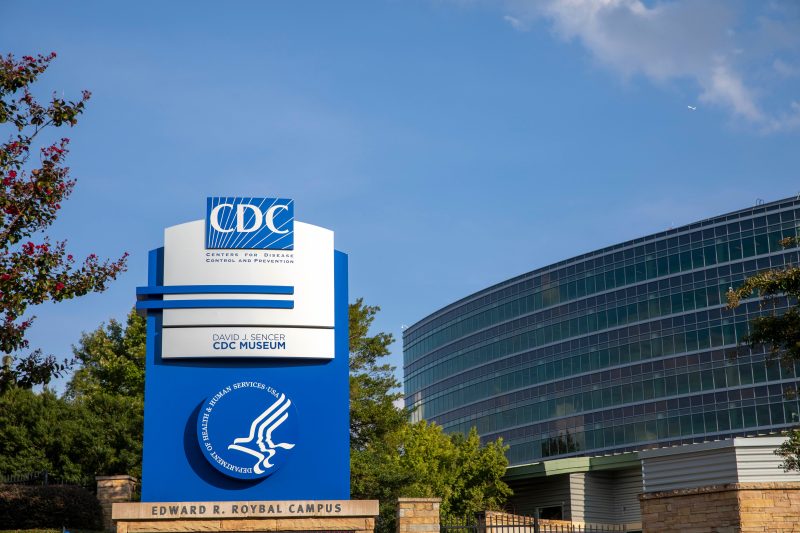New Drug Overdose Data Provides Hope While Deaths Remain Too High
The recent release of data on drug overdoses in the United States has sparked both optimism and concern among public health officials and policymakers. While the data show a promising decrease in overdose deaths in some areas, overall the numbers remain alarmingly high, highlighting the ongoing challenges in combatting the opioid epidemic.
One of the key findings from the latest data is the significant drop in overdose deaths in certain regions that have implemented comprehensive harm reduction strategies and increased access to treatment and recovery services. These areas have seen a notable decline in both prescription opioid and synthetic opioid-related deaths, suggesting that a combination of prevention, treatment, and harm reduction measures can be effective in reducing the impact of drug overdoses.
On the other hand, many parts of the country continue to struggle with escalating overdose rates, particularly in rural and underserved communities where access to treatment and healthcare services is limited. These areas face unique challenges, such as stigma around addiction, lack of resources, and barriers to seeking help, which contribute to the persistently high overdose death toll.
The data also shed light on the role of fentanyl in the overdose crisis, with synthetic opioids continuing to be a driving force behind the staggering number of deaths. Fentanyl, a potent synthetic opioid that is often mixed with other drugs, has been responsible for a growing proportion of overdose fatalities, underscoring the need for targeted interventions to address the influx of this deadly substance into communities.
In response to the latest data, public health experts are calling for a multi-faceted approach to reducing drug overdose deaths, which includes expanding access to evidence-based treatments like medication-assisted therapy, increasing naloxone distribution to reverse overdoses, improving coordination between healthcare providers and community organizations, and addressing social determinants of health that contribute to substance use and addiction.
While the decrease in overdose deaths in some areas is a positive sign that current interventions are making a difference, the overall toll of drug overdoses remains unacceptably high, necessitating continued efforts to expand access to treatment, reduce stigma, and address the root causes of addiction. By learning from successful strategies and investing in comprehensive, community-based solutions, it is possible to turn the tide on the opioid epidemic and prevent unnecessary loss of life due to drug overdoses.






























